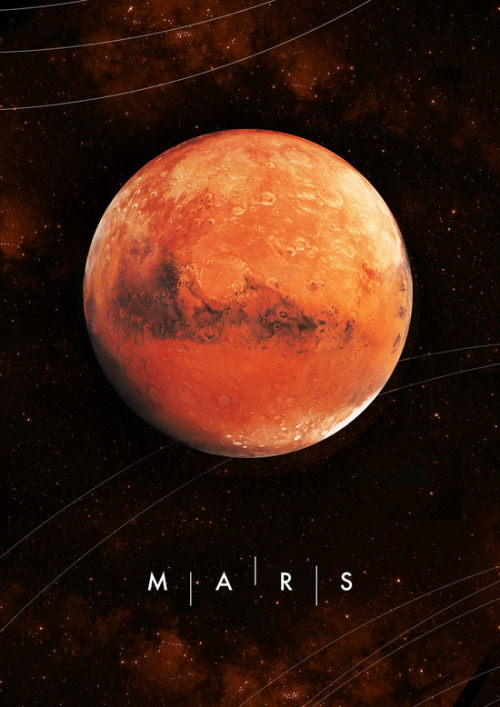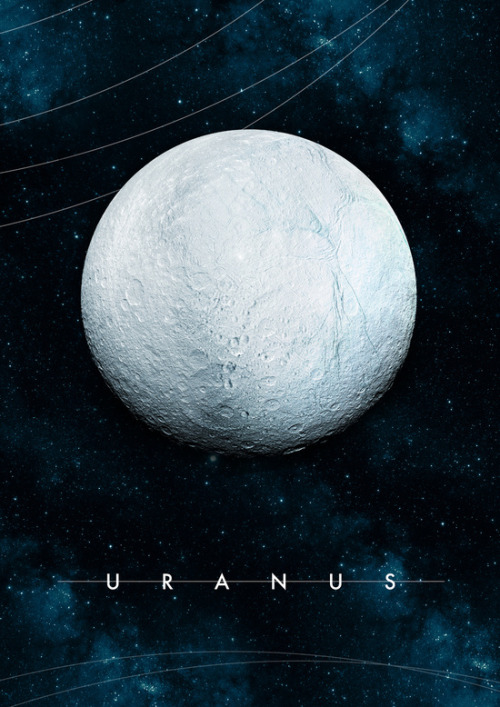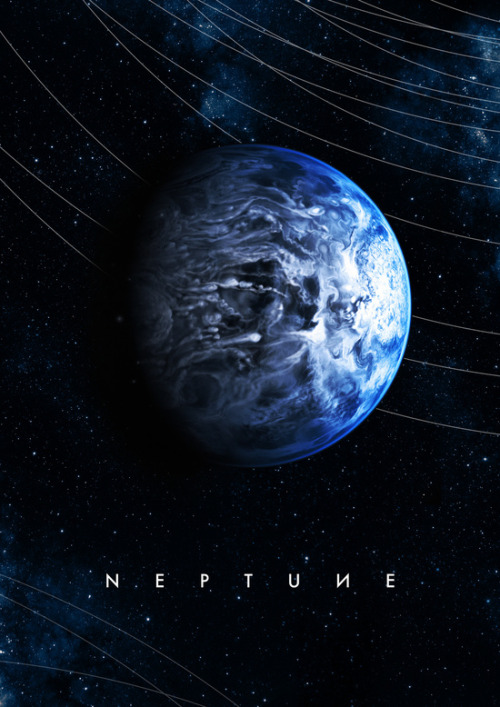Activist Kosta Grammatis Puts Internet Access High On The List Of Basic Human Needs. Information, He

Activist Kosta Grammatis puts Internet access high on the list of basic human needs. Information, he says, enables people in developing nations to teach themselves how to grow food, purify water, even create power sources. on their own. He explains why the Web is a gateway to satisfying all those needs—and more—in this Qualcomm Spark essay.
More Posts from Curiositytherover and Others

Astronaut Scott Kelly, who is spending one year on the Space Station, tweeted this image this morning: “#California in a golden state just before sunrise”
via reddit


Li-Fi is 100 times faster than Wi-Fi
What’s next in high-speed Internet? Beams of light, flickering faster than the eye can see. A recent test by New Delhi-based startup Velmenni used “Li-Fi” to transfer data at 1 gigabyte a second. The futuristic tech uses LED lightbulbs to send the high speed data — which could have a great impact on our world.

Report: A host of common chemicals endanger child brain development
In a new report, dozens of scientists, health practitioners and children’s health advocates are calling for renewed attention to the growing evidence that many common and widely available chemicals endanger neurodevelopment in fetuses and children of all ages.
The chemicals that are of most concern include lead and mercury; organophosphate pesticides used in agriculture and home gardens; phthalates, which are used in pharmaceuticals, plastics and personal care products; flame retardants known as polybrominated diphenyl ethers; and air pollutants produced by the combustion of wood and fossil fuels, said University of Illinois comparative biosciences professor Susan Schantz, one of dozens of individual signatories to the consensus statement.
Polychlorinated biphenyls, once used as coolants and lubricants in transformers and other electrical equipment, also are of concern. PCBs were banned in the U.S. in 1977, but can persist in the environment for decades, she said.
The new report, “Project TENDR: Targeting Environmental NeuroDevelopment Risks,” appears in the journal Environmental Health Perspectives. The group also has a website with information about each of the chemicals of concern.
“These chemicals are pervasive, not only in air and water, but in everyday consumer products that we use on our bodies and in our homes,” Schantz said. “Reducing exposures to toxic chemicals can be done, and is urgently needed to protect today’s and tomorrow’s children.”
Schantz is a faculty member in the College of Veterinary Medicine and in the Beckman Institute for Advanced Science and Technology at the U. of I.
“The human brain develops over a very long period of time, starting in gestation and continuing during childhood and even into early adulthood,” Schantz said. “But the biggest amount of growth occurs during prenatal development. The neurons are forming and migrating and maturing and differentiating. And if you disrupt this process, you’re likely to have permanent effects.”
Some of the chemicals of concern, such as phthalates and PBDEs, are known to interfere with normal hormone activity. For example, most pregnant women in the U.S. will test positive for exposure to phthalates and PBDEs, both of which disrupt thyroid hormone function.
“Thyroid hormone is involved in almost every aspect of brain development, from formation of the neurons to cell division, to the proper migration of cells and myelination of the axons after the cells are differentiated,” said Schantz. “It regulates many of the genes involved in nervous system development.”
Schantz and her colleagues at Illinois are studying infants and their mothers to determine whether prenatal exposure to phthalates and other endocrine disruptors leads to changes in the brain or behavior. This research, along with parallel studies in older children and animals, is a primary focus of the Children’s Environmental Health Research Center at Illinois, which Schantz directs.
Phthalates also interfere with steroid hormone activity. Studies link exposure to certain phthalates with attention deficits, lower IQ and conduct disorders in children.
“Phthalates are everywhere; they’re in all kinds of different products. We’re exposed to them every day,” Schantz said.
The report criticizes current regulatory lapses that allow chemicals to be introduced into people’s lives with little or no review of their effects on fetal and child health.
“For most chemicals, we have no idea what they’re doing to children’s neurodevelopment,” Schantz said. “They just haven’t been studied.
“And if it looks like something is a risk, we feel policymakers should be willing to make a decision that this or that chemical could be a bad actor and we need to stop its production or limit its use,” she said. “We shouldn’t have to wait 10 or 15 years – allowing countless children to be exposed to it in the meantime – until we’re positive it’s a bad actor.”

Why the Brain Makes Mistakes
A study conducted at Carnegie Mellon University investigated the brain’s neural activity during learned behavior and found that the brain makes mistakes because it applies incorrect inner beliefs, or internal models, about how the world works. The research suggests that when the brain makes a mistake, it actually thinks that it is making the correct decision—its neural signals are consistent with its inner beliefs, but not with what is happening in the real world.
The research is in eLife. (full access paywall)








Alexander Pohl

Antibiotic Resistance: Scientists Uncover the Secret Behind This Powerful Weapon
Of course, humans and bacteria are somewhat different. As a result, it’s no surprise that these tiny creatures transfer genes differently from humans and even plants.
Besides binary fission, where the genetic material is segregated equally into two daughter cells, bacteria also have another method of gene transfer—namely, horizontal gene transfer (HGT). HGT has long been known to be responsible for spreading unique traits in bacteria, especially antibiotic resistance. Though we’ve long known that it is able to exert a rather strong effect, the why (or how) has remained a mystery.
At least, until now.
Researchers from Oxford University have demonstrated, through mathematical modelling, that the secret is migration, whereby movement between communities of microbes greatly increases the chances of different species of bacteria being able to swap DNA and adopt new traits.
Read more & check the video at http://futurism.com/links/antibiotic-resistance-scientists-uncover-the-secret-behind-this-powerful-weapon/







Brain, Bone and Blood Vessels Coming Hot Off the Press
Could the days of custom clavicles and bespoke bladders produced just in the knick of time for suffering patients be around the corner?
While keeping an eye on tissue engineering studies, we’ve been seeing some significant wins in the lab that are bringing the sci-fi future of on-demand 3-D printed organs, bone and blood vessels closer.
Harvard and Brown bioengineers are taking their own routes to build complex tissues in customized 3-D printers. And just the other week, we reported on newly unveiled work at the University of Florida to print complex soft structures in baths that could one day birth replacement human parts along with soft robots.
Now, Carnegie Mellon engineers reported on Friday that they had successfully printed simplified proof-of-concept anatomical structures like mini femurs, blood vessels and brains suspended in soft gelatin. Learn more and see a video below.
Keep reading

Researchers Discover Ultra-thin Diamond Nanothreads That Could Support Space Elevator
Today, in order to get to the Moon, an incredible logistical setup is required. From the training needed for astronauts, to the millions of dollars of equipment necessary for space travel, to the cost of rocket fuel—Space flight isn’t easy (or cheap). But what if one can reach the Moon by simply stepping into a small vehicle attached to a cable and pressing a button that says “Moon.”
If what you’re imagining is an elevator, then you are right.
It’s also an idea that several scientists have been trying to realize since 1895, and we have written a number of articles on the feasibility of this tech in the past. Now, with what researchers from the Pennsylvania State University discovered, we may be taking a step closer to achieving that idea.
When they applied alternating cycles of pressure to isolated, liquid-state benzene molecules, surprisingly, it was found that rings of carbon atoms assembled into neat and orderly chains, essentially forming strong ultra-thin diamond nanothreads.
Read more at: http://futurism.com/links/researchers-discover-ultra-thin-diamond-nanothreads-that-could-support-space-elevator/

Rowing robot powers itself by gulping dirty water

Watch: Tiny Real Dog Meets Enormous Robo-Dog
Here, Alex the dog meets Spot…the electrically-powered, hydraulically-actuated, four-legged robotic dog. http://futurism.com/videos/watch-tiny-real-dog-meets-enormous-robo-dog/
-
 survivalists-preppers-blog liked this · 9 years ago
survivalists-preppers-blog liked this · 9 years ago -
 johninle23 liked this · 9 years ago
johninle23 liked this · 9 years ago -
 ahertig reblogged this · 9 years ago
ahertig reblogged this · 9 years ago -
 ballunpe reblogged this · 9 years ago
ballunpe reblogged this · 9 years ago -
 ballunpe liked this · 9 years ago
ballunpe liked this · 9 years ago -
 brazilian-vampire-in-the-attic liked this · 9 years ago
brazilian-vampire-in-the-attic liked this · 9 years ago -
 alexbyrth liked this · 9 years ago
alexbyrth liked this · 9 years ago -
 curiositytherover reblogged this · 9 years ago
curiositytherover reblogged this · 9 years ago -
 zadiaru liked this · 9 years ago
zadiaru liked this · 9 years ago -
 qualcomm reblogged this · 9 years ago
qualcomm reblogged this · 9 years ago